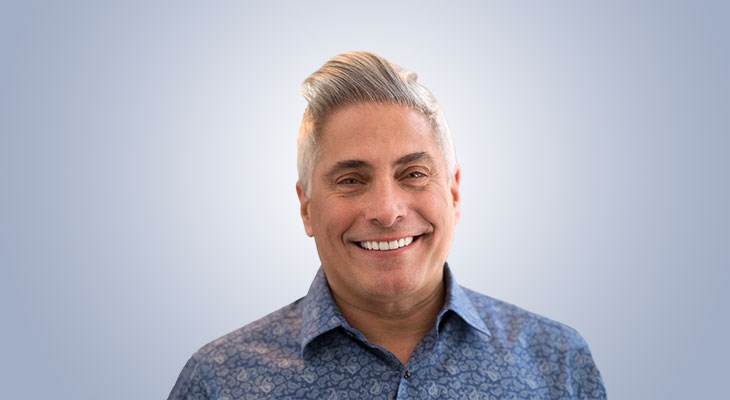John “Ozzie” Nelson Jr., Chairman and CEO of NELSON Worldwide, has led the award-winning design, architecture, branding, and consulting services organization's hypergrowth from one-office to more than 22 locations, 10 different practice areas, and multiple fully integrated service lines. Since 2003, Ozzie has completed more than 45 mergers and acquisitions. But even through that experience, he says growing a business through M&A is very challenging.
"There's a decision that you made along the way in all the options that you were looking at, to pursue a deal," Nelson says. "And sometimes one of the things that can get lost is the risk of the deal in the overall risk profile of the company."
Speaking at the Minneapolis Smart Business Dealmakers Conference, he says his company started doing mergers and acquisitions because they had one client that helped the business grow considerably, but accounted for 80 percent of its customer concentration. When that company said it wanted companies that have offices and more scale, Nelson and the business had to act or risk losing what could have been an irrecoverable portion of its business.
"You can imagine what a motivated buyer I was in the first 13 deals that we did," he says. "We were willing to make concessions that, had I just looked at the deal in isolation, may have seemed crazy. But in the bigger landscape, I had to get those deals done, not only to grow my business, but to keep my biggest customer. So, I would strongly suggest that an overall risk profile of the business is part of something that you're always looking at when you're looking to do the M&A deal. And in particular, whatever advisers you have, understand that fuller risk portfolio because you can get stuck in de-risking the deal. That's an important part of it but it's a single part of a bigger landscape of risk."
When diligencing a deal, he says there's often a give and take between a buyer who wants to talk to everybody at a target company and a seller who wants the buyer to talk to as few people as possible. But it's important, he says, for a buyer to get as much of a profile of the population inside the target company as possible by talking to many people. Doing so can uncover anecdotal findings that help a buyer better understand the target's culture and how it might fit within the acquiring company's culture. For instance, where work gets done has changed since the pandemic, and that can add another wrinkle to the culture aspect of a deal.
"If one company that expects everybody to be in the office five days a week is buying another company that is working virtually, that's going to be a problem," Nelson says. "And how do you mitigate that problem?"
He says he's also always on the lookout for a target company's sacred cows in the culture.
"That is something that I try to spend a lot of time to understand, to understand if we're going to be able to maintain that in the combined culture and celebrate that," he says. "If not, how are we going to mitigate that? And how are we going to get ahead of those conversations?"
Overall, he says there's not one risk companies need to account for, but many — and often not the one they're prepared to address.
"When I think of risk in general, I think of the new categories of risk. And today, we have political risk, climate risk, cyber risk, all kinds of risks that we didn't have 20 years ago or that were not as heightened as they are today," Nelson says. "The world changes on a New York minute. We spent 10 years after 2008-2009 preparing for economic risks, only to have the pandemic come at us."
As new categories of change arise, he says those who are looking for "the" risk are missing the boat.
"It's really about looking at a diversified risk profile," he says. "And, ironically, the more complicated it gets, I think the more we go back to basics. What's the integrity of your business? How much will your revenue withstand the tsunami? How much control do you have of your expense? If you look at the levers that you can throw in your business, how prepared are you for any number of those scenarios? And I contend — and there are people much smarter than me in this room — but I don't think there's anybody who knows exactly what the new risk is going to be, or what the flavor of the existing risk is going to be. And so I think it's a much more comprehensive process, which again, really brings us back to the basics."




